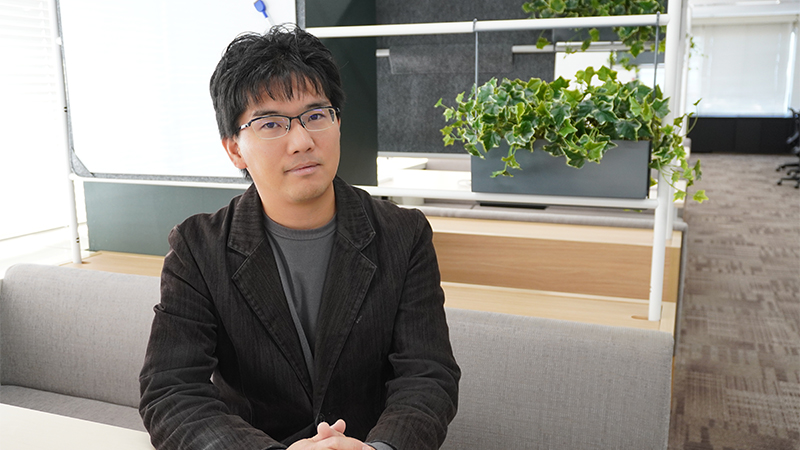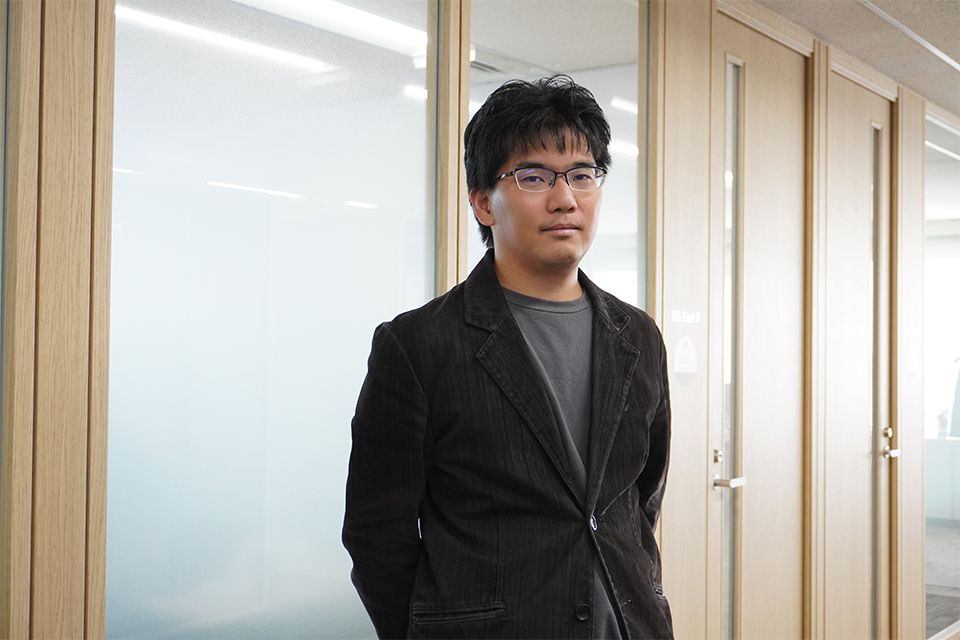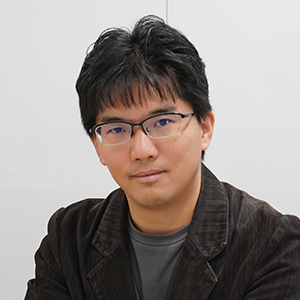
A passion for developing human-centered technology
As an elementary school student, I read a manga about a scientist and their grandchild living with a robot they built together. The robot and the human child had a relationship like siblings or best friends. There's a scene where the robot introspectively asks, "What are we, acting like humans among humans?" This sparked a desire in me to one day create a robot with such a delicate and emotionally rich heart. That's when I began dreaming of becoming an AI developer.
Drawn to the idea of creating things, I attended a technical high school, focusing on engineering. Among the various specialized fields I studied, I was captivated by the joy of programming. Seeing my code execute flawlessly brought immense satisfaction. I even borrowed a small computer to program in BASIC, C, and Assembly language, creating simple calculators.
In graduate school, I researched neural networks. My goal, ever since childhood, had been to become an AI developer. However, neural networks weren't practical at the time. Driven by a desire to create something truly beneficial to people, I decided to step away from neural network research and pursue software development, a path where I could make a tangible contribution to society.
Joining the Fujitsu Kozuchi launch
After joining Fujitsu, I initially worked on developing the business application platform, Fujitsu Software Interstage. I then transitioned to a role involving the transfer of technologies developed by Fujitsu Research to the business unit. During this time, I became fascinated by the laboratory's technical prowess and rapid research pace, which intensified my desire to pursue AI research. Later, I realized this ambition by transferring to the Artificial Intelligence Laboratory, where I joined the launch of the Fujitsu Kozuchi AI platform (Fujitsu Kozuchi) as an early member. This platform aims to provide customers with early access to cutting-edge AI technologies developed within the laboratory.
Traditionally, the process of commercializing research-stage technologies has been lengthy, involving multiple considerations, leading us potentially to being outpaced by competitors in some domains. Fujitsu Kozuchi directly addresses this challenge. By utilizing this platform, customers can immediately experience cutting-edge AI technologies. However, technologies prioritized for rapid research and development sometimes fall short of the quality levels required for customer trials. Therefore, I leveraged my experience in improving the quality of software products to bridge this gap.

A commitment to quality
Since Fujitsu Kozuchi aimed to release the latest research technologies quickly, ensuring security and quality was essential. In past projects, I've planned and executed test strategies from a customer perspective. By involving stakeholders, we achieved high quality within tight deadlines and budgets, successfully launching products on schedule. This experience reinforced my belief that Fujitsu's strength lies in its dedicated pursuit of high quality, a value we must cherish above all else.
For the release of Fujitsu Kozuchi, I felt a strong responsibility to uphold this bastion of quality that defines Fujitsu. The challenges of service deployment were multifaceted, including protecting customer data privacy, preventing unauthorized access, handling unexpected input data, and ensuring stable operation under high load. To address these, I collaborated with team members to identify security vulnerabilities and necessary quality enhancements, implementing appropriate countermeasures. We also established a system for rapid issue detection and root cause analysis through log monitoring and load testing. The successful launch of Fujitsu Kozuchi, following these meticulous preparations, was a significant achievement. Currently, some of these technologies are available for anyone to try through the Fujitsu Research Portal.
Enjoying the creation process and connection with nature
I've always loved making things. From plastic models and mini 4WD cars to rubber band guns and kites, I'd build anything I could get my hands on. I wasn't limited to store-bought kits; I often crafted things from materials around me. As a child, resources were scarce, but I'd gather chopsticks, rubber bands, and other odds and ends to construct various objects creatively. I even built a mailbox for the front of our house.
That passion continues to this day, and I still enjoy making things as a hobby. I also love camping, so I often create my own camping gear using materials from hardware stores and dollar stores. Recently, I carved a spoon from wood using a knife and sewed a pouch. When I go camping, I load my tent and other gear onto my bicycle and head off to remote campsites in the mountains. There, I relax by the campfire and cook camp meals. Cycling through unfamiliar territories and leisurely camping amidst nature are both fantastic ways for me to unwind.

Toward AI capable of independent thought and reasoning
For me, the reward of R&D lies in satisfying my curiosity while creating something beneficial for the world. Fujitsu Research offers an appealing environment where I can freely pursue research on self-selected themes. My current team is working on Knowledge Graph Enhanced RAG technology, combining generative AI with knowledge graphs (structured knowledge extracted from vast text data) to answer complex questions. Specifically, I'm developing "Fujitsu KG Enhanced RAG for Q&A" Traditional RAG (*1) technologies struggle with information extraction and answering questions requiring comparison and reasoning. Our technology leverages knowledge graphs accurately to answer questions like, "What's the cheapest way to fix a PC with a broken screen?" which necessitate comparing and reasoning about information like "repair methods" and "repair costs." We plan to expand its functionality further in the future.
However, AI still faces many challenges. It remains difficult for AI to connect multiple pieces of information for reasoning and to draw conclusions based on complex comparisons, as humans do. For example, it's not easy for AI to infer independently that a location was once a sea based solely on the fact that many fossils have been found there. We need a breakthrough that allows AI to think and reason for itself, going beyond simply searching for information stored in knowledge graphs. Solving this challenging problem is my goal, and I dedicate myself daily to research and development, believing it will eventually lead to the realization of my childhood dream: creating a robot with a delicate and emotionally rich heart.
Messages from colleagues
Each research project has to meet high software quality standards before it can be launched as part of Fujitsu Kozuchi. Kenichirou's product development background has been a huge help, especially since our researchers are still getting up to speed on ensuring consistent quality. The path to realizing highly hypothetical and inferential AI is understandably fraught with unforeseen quality challenges. I hope that you can use your expertise to make your own dreams a reality. (Satoshi Munakata, Senior Research Manager, Artificial Intelligence Laboratory)
-
(*1)RAG (Retrieval Augmented Generation) is a technology that combines and extends the capabilities of generative AI with external data sources.

Titles, numerical values, and proper nouns in this document are those reported when this interview was made.




